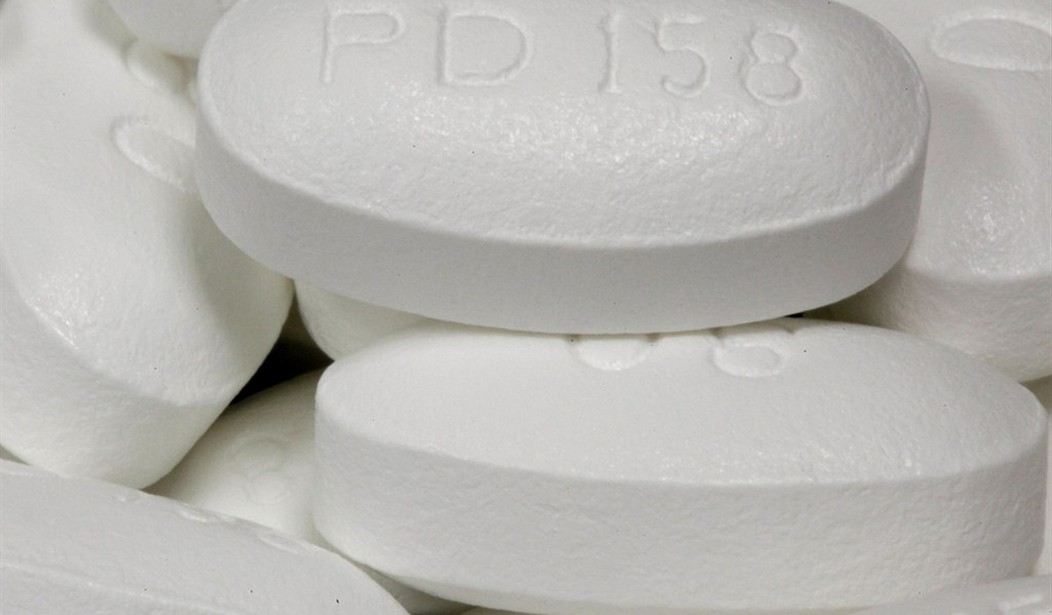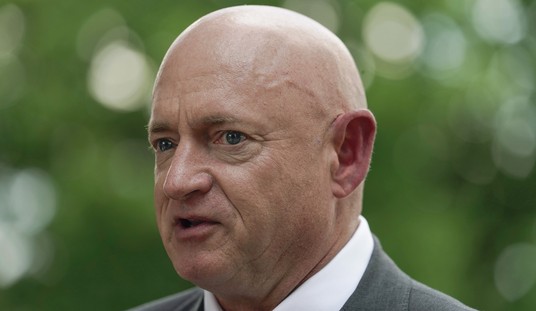Up until recently, the medical industry has been allowed to get away with the most heinous manipulation of statistical data to sell more drugs — in this case, statins, which are currently worth $4.5 billion in sales in the United States alone and are projected to reach $5.1 billion by 2030.
Related: WHO Accuses Anti-Vaxxers of 'Anti-Science Aggression,' Calls Them 'Killing Force'
You probably know someone on statins. Maybe you’ve even been prescribed them yourself, as they are the frontline intervention for “high” cholesterol levels — the lazy and time-pressed doctor’s cure-all so he doesn’t have to dig any deeper.
Via Data Bridge Market Research (emphasis added):
Between 2015-2018, approximately 11.4% of U.S. adults had high total cholesterol. There was no significant difference in high total cholesterol prevalence between men (10.5%) and women (12.1%). The highest prevalence was among adults aged 40–59 (15.7%), compared to 7.5% among those aged 20–39 and 11.4% among those aged 60 and over. Adults aged 60 and over also had a higher prevalence of high total cholesterol than those aged 20–39. There were no significant differences in high total cholesterol prevalence among adults based on race or Hispanic origin.
The U.S. statin market size was valued at USD 4.53 billion in 2023 and is projected to reach USD 5.10 billion by 2031, with a CAGR of 1.5% during the forecast period of 2024 to 2031…
Statin is a class of drugs used to lower cholesterol levels in the blood. They work by inhibiting the enzyme HMG-CoA reductase, which plays a central role in the production of cholesterol in the liver.
The “high” cholesterol lie — which justifies the prescription of statins that lower LDL cholesterol (which you need to live) while suppressing CoQ10 production and numerous other vital compounds — is built on a classic case of correlation confused for causation, which is employed when it’s convenient for the medical industry’s bottom line and dismissed when it runs counter to whatever narrative they’re pushing, as in the case of the COVID-19 shots and their various side effects.
You likely recall such articles from the 2021 days.
Via Business Insider (emphasis added):
Speaking to science journal Nature, vaccine expert Kathryn Edwards, professor of pediatrics in the division of infectious diseases at the Vanderbilt University School of Medicine in Nashville, Tennessee, said that health authorities must strike a "delicate balance" when information is disseminated about the side effects of COVID vaccines.
Edwards added that, at times, it might be hard to even prove if the adverse reactions were due to the vaccine, particularly if the reported symptoms strike the patient days after the jab was administered.
Nature also cited a study that detailed how challenging it was to link any adverse events through vaccines — as this has to be done through specific lab tests. This is because correlation is not causation — and work has to be done by scientists to determine what caused the reaction, before comparing it with the probability that this symptom occurred purely by chance.
So, what about the decades-long debate over heart disease and its causes? Was The Science™ so eager to dismiss correlation because it’s not causation?
Via Midwestern Doctor (emphasis added):
In the 1960s and 1970s, a debate emerged over what caused heart disease. On one side, John Yudkin effectively argued that the sugar being added to our food by the processed food industry was the chief culprit. On the other side, Ancel Keys (who attacked Yudkin's work) argued that it was due to saturated fat and cholesterol.
Ancel Keys won, Yudkin's work was largely dismissed, and Keys became nutritional dogma. A large part of Key’s victory was based on his study of seven countries (Italy, Greece, Former Yugoslavia, Netherlands, Finland, America, and Japan), which showed that as saturated fat consumption increased, heart disease increased in a linear fashion.
However, what many don’t know (as this study is still frequently cited) is that this result was simply a product of the countries Keys chose* (e.g., one author illustrated that if Finland, Israel, Netherlands, Germany, Switzerland, France, and Sweden had been chosen, the opposite would have been found).
Fortunately, it gradually became recognized that Ancel Keys did not accurately report the data he used to substantiate his arguments. For example, recently an unpublished 56 month randomized study of 9,423 adults living in state mental hospitals or a nursing home (which made it possible to rigidly control their diets) that Keys was the lead investigator of was unearthed. This study (inconveniently) found that replacing half of the animal (saturated) fats they ate with vegetable oil (e.g., corn oil) lowered their cholesterol, and that for every 30 points it dropped, their risk of death increased by 22 percent (which roughly translates to each 1% drop in cholesterol raising the risk of death by 1%)—so as you can imagine, it was never published.
Cherry-picking data, of course, is the bread and butter of the medical industry. The lie would’ve never gotten off the ground if Keys had simply chosen different data sets that didn’t produce the results he had pre-determined, and Americans might not have been hoodwinked into the statin hustle.
Related: MASSIVE Academic, Scientific Fraud Exposed
Not only did the pharmaceutical industry have an incentive to lie about cholesterol in order to sell statins, but the sugar industry (the true dietary culprit of heart disease) also got in on the action.
Continuing:
Likewise, recently, one of the most prestigious medical journals in the world published internal sugar industry documents. They showed the sugar industry had used bribes to make scientists place the blame for heart disease on fat so Yudkin's work would not threaten the sugar industry.
Medical doctors, in prestigious medical schools, are simply taught to plug in metrics into a calculator, the machinations of which they don’t likely understand, to gauge heart disease risk, which include cholesterol in the equation. When it turns up a “high risk” result (it usually does), the doctors then have the green light to throw the patient onto statins.
The problem is that the calculator overestimates the rate of future heart disease events by 600%.
Continuing:
The American College of Cardiology made a calculator to determine your risk of developing a heart attack or stroke in the next ten years based on your age, blood pressure, cholesterol level, and smoking status. In turn, I’ve lost track of how many doctors I saw proudly punch their patient's numbers into it and then inform them that they were at high risk of a stroke or heart attack and urgently needed to start a statin. Given that almost everyone ended up being “high risk” I was not surprised to learn that in 2016, Kaiser completed an extensive study which determined this calculator overestimated the rate of these events by 600%. Sadly, that has not at all deterred the use of this calculator (e.g., medical students are still tested on it for their board examinations).
The lies go so deep that they could fill volumes; this is just the tip of the iceberg of the medical malfeasance.
Here’s a fun test: ask your doctor if he knows any of the background research and history of statins the next time he tries to prescribe them to you, then note the barely concealed fury that you would question his divine judgment.










